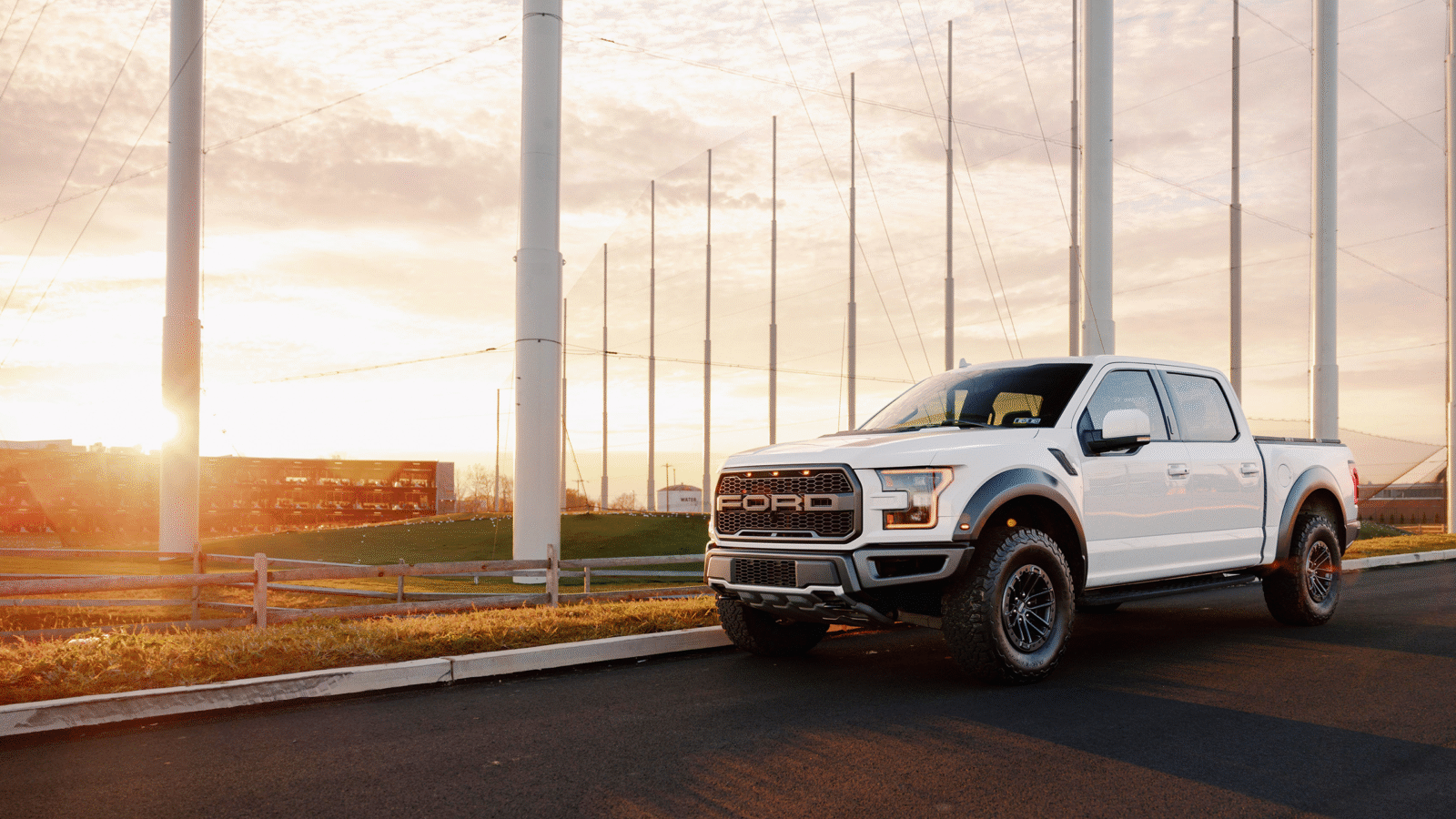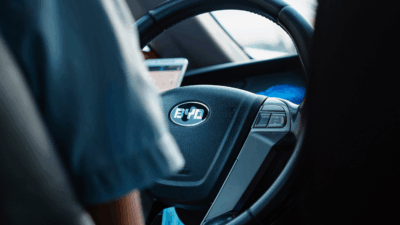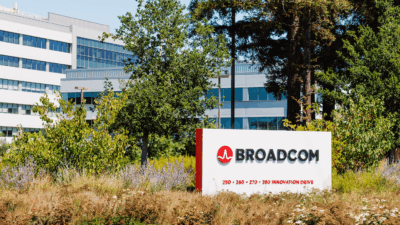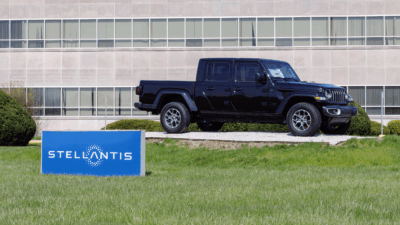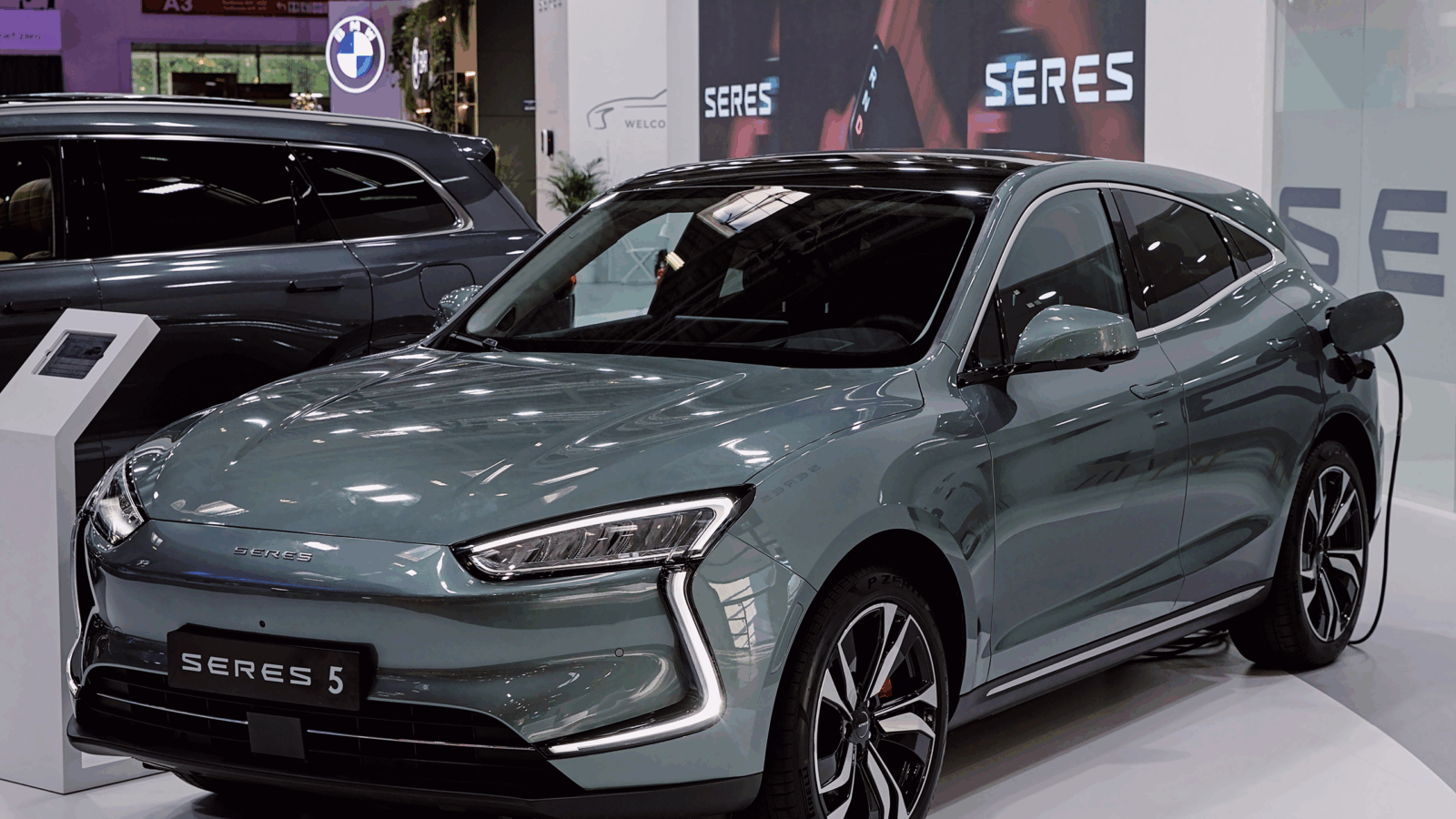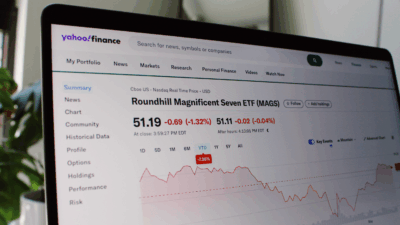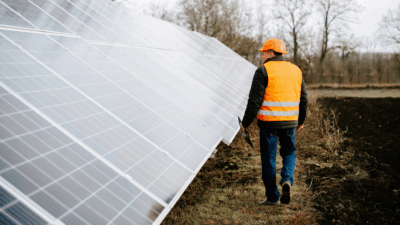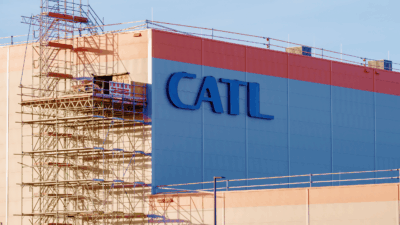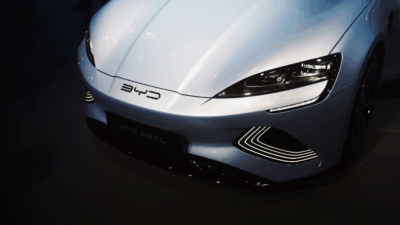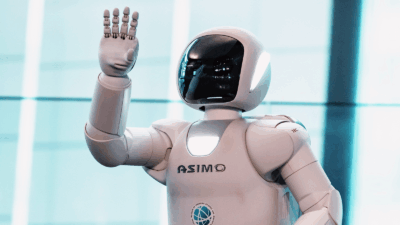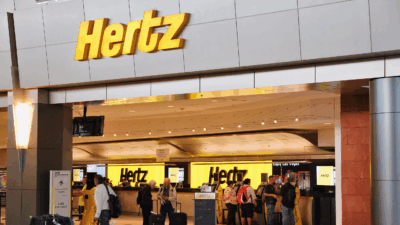Almost No One Makes a Good Driver Assistance System, Report Says
An insurance nonprofit found that claims about autonomous driving safety don’t measure up.
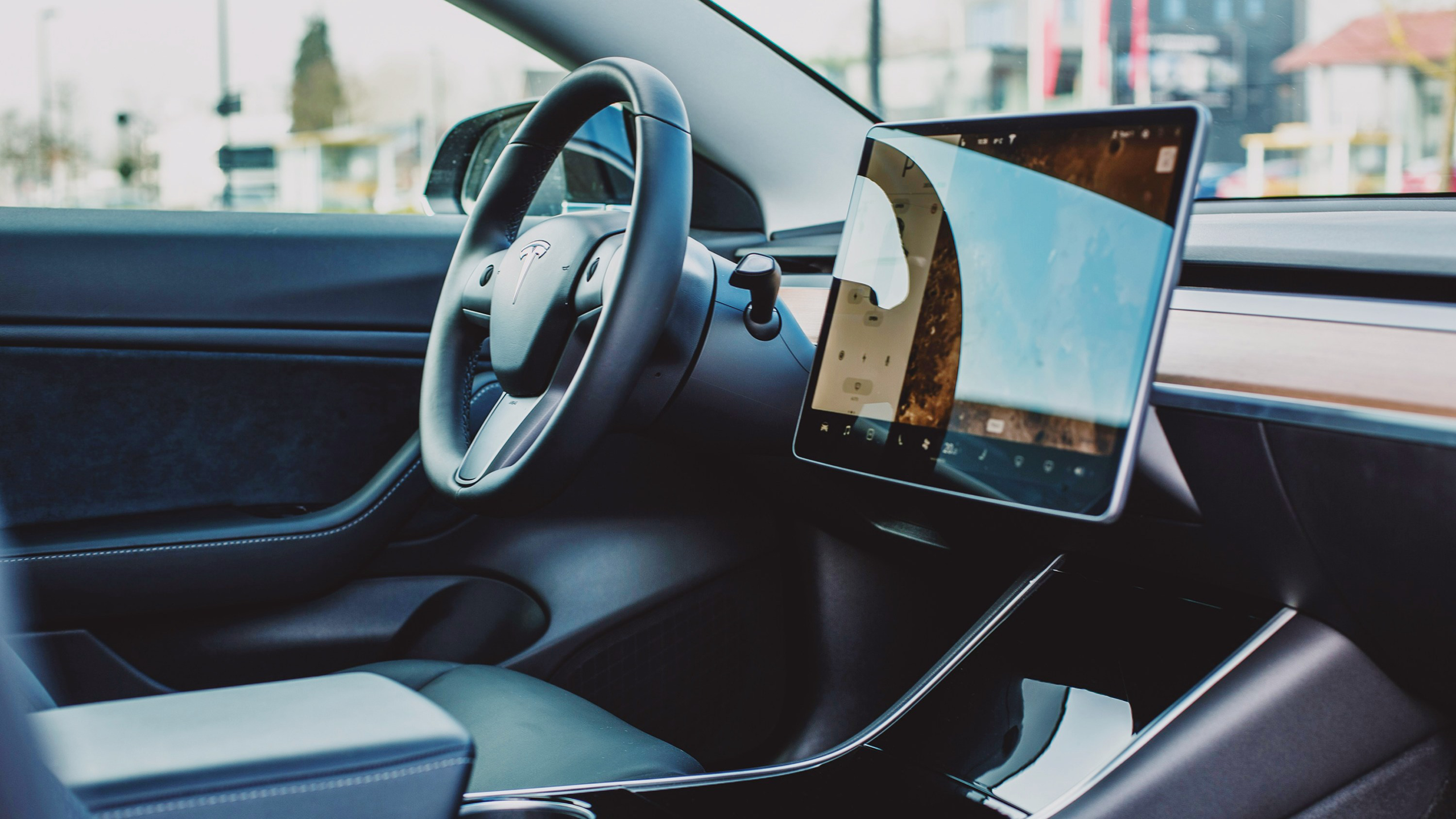
Sign up for smart news, insights, and analysis on the biggest financial stories of the day.
Your driver assistants are letting you down.
A report released by the Insurance Institute for Highway Safety (IIHS) Tuesday examined the safety of 14 driver-assistance products from various automakers. The results were dismal: only one car, Toyota’s Lexus LS, notched an “acceptable” rating. The GMC Sierra and Nissan Ariya managed to nab “marginal” scores, while the rest — including driver-assistance poster child Tesla — were deemed “poor.” The report’s individual assessments were pretty withering, but potentially more damaging was the overall conclusion that driver-assistance systems do nothing to improve safety.
The Insurance Man Cometh
The IIHS’ main safety concerns stemmed from a lack of driver engagement. Driver-assistance systems can pretty much drive your car, but they’re not fully self-driving systems. Drivers need to be ready to take control of their vehicles at any time — and in the IIHS’ view, the systems themselves should enforce that level of engagement. “Many vehicles don’t adequately monitor whether the driver is looking at the road or prepared to take control,” Alexandra Mueller, a senior research scientist at the IIHS, said in a statement. “Many lack attention reminders that come soon enough and are forceful enough to rouse a driver whose mind is wandering,” she added.
This isn’t really a smoking gun, since automakers with driver-assistance systems can assert that it’s the driver’s responsibility to remain attentive. However, bullish automakers like to maintain that self-driving vehicles are in fact safer than those driven by fallible humans. The IIHS study hints otherwise:
- IIHS President David Harkey said in a statement that there is “little evidence [partial automation] makes driving safer,” and added: “As many high-profile crashes have illustrated, it can introduce new risks when systems lack the appropriate safeguards.”
- Harkey told Reuters that his statement leaned on insurance claims data. “We have been able to look at vehicles with and without these (systems) and determine there is no reduction in claims as a result of these more advanced systems,” he said.
Lithium Lining: The IIHS wasn’t totally raining on automated driving’s parade; the report looked at how each system performed in a variety of criteria, and none were universally bad. “No single system did well across the board, but in each category at least one system performed well,” Starkey said in a statement. “That means the fixes are readily available and, in some cases, may be accomplished with nothing more than a simple software update.” The report was completed before Tesla’s most recent software update in December, so improvements may already have been made there. We hope, anyway.
